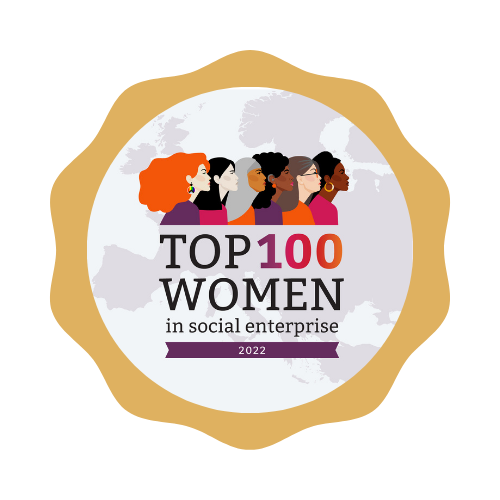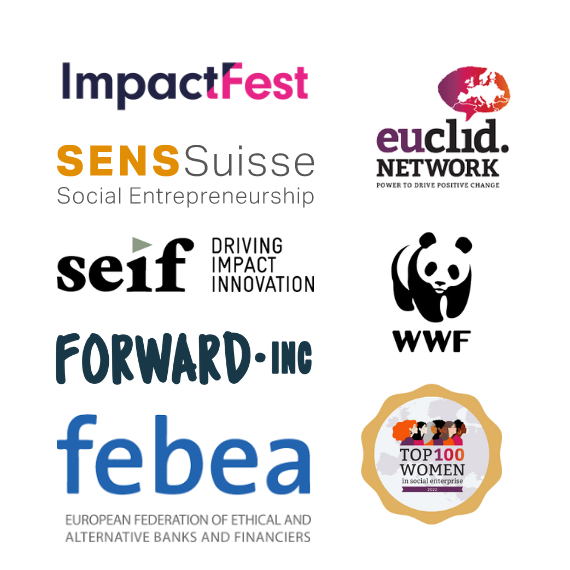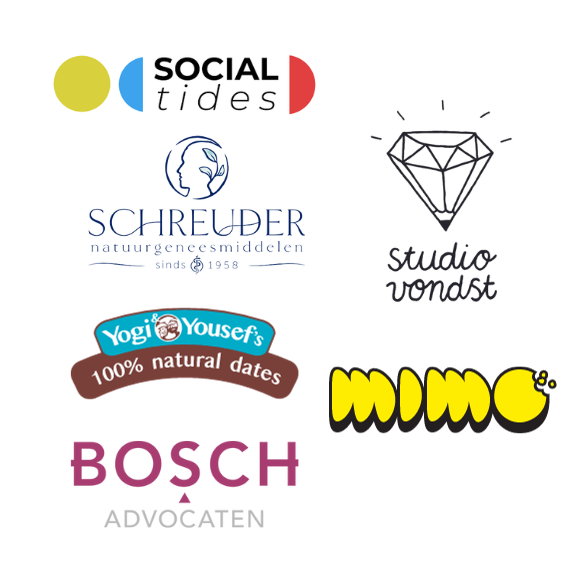What is a human brand? Why would we need human brands? What difference do they make and how are they different from ‘the old world’ brands? Here are five key characteristics of the human brand to help us find answers to all the what’s and why’s.
1. Actionable values
Values and norms are like the invisible glue binding societies. While values are more like general principles or guidelines, norms are the specific codes or behaviours that make values actionable. Together, they are the nods and flows carrying ideas, feelings, and convictions. They are what we believe in, how we think, and how we act in consequence.
Brands, like humans, need values to anchor their identity. Honesty, integrity, and respect for people — one very good example of brand values, right? So it happens — these are the brand values of Shell. That is why they are as convincing as a dog saying: “look, I am a cat”. You cannot run a harmful business and claim to be a human brand.
Actionable values are essential to being a human brand — who you are as a brand is, first and foremost, how you act (your brand values and norms are aligned).
What says the human brand? I practice and deliver — I don’t need to preach.
What says the old world brand? I join Climate/Inclusion/Equality Summits. I speak about how I plan to deliver on my 2100 sustainable policies.
2. Knowledge-based
Being a human brand implies having the capacity to reflect upon our complex reality. It does matter greatly if, why and how we go about navigating through its many layers, multiple truths and cheeky algorithms.
Everything is content, all is a narrative. ‘Level 1’ is to free-dive into the content consumed within your category and community. Our playfield could be anything from social apps and Netflix to new book releases — the trick is to map it right and map it objectively. That’s why it is good to embrace ‘Level 2’. Our content dive is guided by academic experts and knowledge hubs that specialize in reading us. This publication goes highly recommended for its easy character, pleasant readability and friendly design. Downside — it focuses solely on western societies.
Brand relevance is as strong as the knowledge the brand has. The human part comes in with the effort and commitment to pin the nuances and make them work for mutual benefit.
What says the old world brand: I learn to trick you into buying things for my own benefit.
What says the human brand? I learn to turn things into mutual benefit.
3. Content, contributors, conversation, community (4xC)
Content analysis helps us map the community’s opinions, beliefs and behaviours. It helps us build knowledge — that’s the visa we need to cross between the brand and the community. Why say ‘community’ and not a ‘target group’? Only the community has everyone already engaged and involved. Why? Community members work towards the same goals because their values and norms are aligned. They are no longer ‘consumers’ — they are ‘contributors’.
How do we go about drawing the community mind maps? Through conversation and something as easy as listening. Only a few conversations with our community contributors will leave us with a knowledge greater than lifeless personas (Anna, 39, likes yoga and healthy food, her guilty pleasure is watching The Kardashians, she likes Instagram, and she is too boomer for TikTok). When based on real, relevant conversations and real interviews personas can help map the mentalities of your community. Without it, they are just sad branding mock-ups saying: fast, quick, blitz. Food for thought: before you take a shortcut — explore the main road.
Human brands need real humans — keep your 4xC real.
What says the old world brand? I have personas and a segmentation of my target group.
What says the human brand? I speak to and for the community contributing to the same goals. We work from aligned values and norms.
4. Humanity — storylined
Stories are our way of making a sense of things, they bring together values and norms, the outside and the inside world. No wonder good old branding guides have always had a big story appetite. Yet — through decades of fast demand, they’ve also made it fit into something that can be done fast and quick. Result? The (brand) stories — instead of evolving with time — were flattened into a ready-to-use set of brand archetypes.
What is a brand archetype? Think of it as the story-mould. Each mould gathers storylines, narratives, characters and behaviours. ‘Manufactured in the 1950s, patented in the 19th century, and made according to ancient recipes.’ Magnificent and scary — if you think of it. Why? Next to unifying us around something we all understand, they can also pass and imprint harmful narratives.
Example? The hero. Who doesn’t want to be one? Mind— it is a biased archetype. Why? 9,5 out of 10 people think ‘hero’ and see a guy. Lover and caregiver? They see a sexy lady and a mother figure. Wouldn’t we like to think that in 2022 we have something to correct, modify and add to it?
The human brand uses the power of social, nature and environment-based narratives to rewrite our mythology. The human brand taps into storylines that answer the call from the new world. It’s bizarre to think that we came so far and that one thing we lack (and so desperately need) is finding the stories of humanity. Not groups, not opposing views, not countries, regions, zones — but our common goals and all of us tackling humanitarian and planetary urgencies. If that’s not the beating heart of your business and brand — then any story you tell is as good as: once upon a time.. you were selling something and some people did buy.
The human brands take us back to the storylines of humanity. Most importantly — they carefully examine their narratives.
What says the old world brand: I tell stories that sell. I tell stories that fit.
What says the human brand: I tell stories that need to be told. I tell stories that help change things for us all.
5. Personal & self-conscious
Why does the brand have to be personal? Brands, like humans, want to be liked, accepted, remembered and understood. How they go about that is also quite similar: they try to use the right words and speak accurately. Brands too, want to dress in a relevant way: sometimes they dress to impress and sometimes they dress to fit in and look like everyone else.
For both — success depends on being able to speak from the core of who you are. Human brands, like people, want that self-discovery to cover more than five sad adjectives (friendly, happy, helpful, dedicated, joyful). They want to know why they are the way they are, they want to know where they come from and what’s the actionable purpose of their vision board. They want to know about the balance between what stops them from growing and what makes them grow strong.
Human brands operate in the real world and therefore need to be like us: self-conscious and personal. They counter the iconic, silicon wonder brands. We all love icons, and we love iconic brands — many of them, however, are responsible for the mess we’re trying to clean. Perhaps — instead of sleek brand celebrities, we do need brands that keep things real.
Being a human brand means being self-conscious and personal.
What says the old world brand: I’m nice, friendly, social, loving and helpful. So are my website, logo and design.
What says the human brand? The true (visual) stand is only a natural extension of my core values and personality.
In our unforeseen quest for change, we need all the help we can get. We need human brands to help humans grow human businesses. We need human businesses to correct and fix mistakes. We need human brands to bring us back to the reality of planetary and humanitarian urgencies. While the big, sleek old-world brands will be focusing on colonizing the metaverse, let’s hope that human brands will help us get real.
About the author: Anna Duszczynska is a brand strategist, branding consultant and the founder of A.D. new world — a brand consultancy for social enterprises, B-corps, zebra start-ups and impact brands. Happy to connect via LinkedIn & Instagram.





